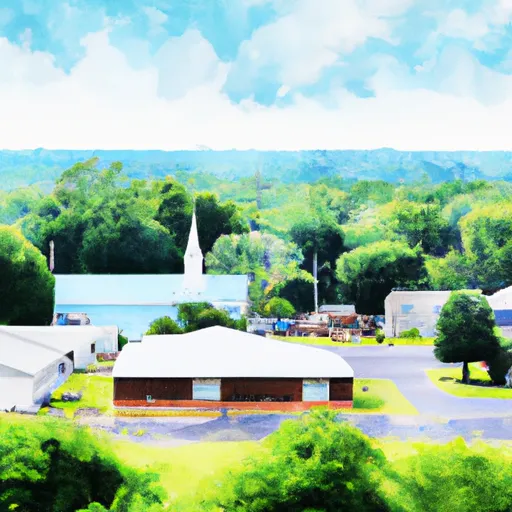°F
°F
mph
Windspeed
%
Humidity











Faunsdale is a small town located in Marengo County, Alabama. The climate of Faunsdale is characterized by hot, humid summers and mild winters. The town is situated near several rivers and streams, including the Tombigbee River and the Sucarnoochee River, which provide opportunities for fishing and boating. The hydrology constituents of the area include limestone and sandstone formations, which can affect groundwater quality. Outdoor recreation opportunities in Faunsdale include hunting, hiking, and camping in nearby state parks and wildlife management areas. The town is also home to the Faunsdale Bar & Grill, which hosts an annual bike rally that attracts thousands of visitors each year.
Weather Forecast
Faunsdale receives approximately 1355mm of rain per year, with humidity levels near 81% and air temperatures averaging around 18°C. Faunsdale has a plant hardyness factor of 8, meaning plants and agriculture in this region tend to thrive here all year round.
Regional Streamflow Levels
657
Cubic Feet Per Second
1,720
Cubic Feet Per Second
711
Cubic Feet Per Second
19
Cubic Feet Per Second
Nearby Camping
| Camping Area | Reservations | Toilets | Showers |
|---|---|---|---|
| Haines Island | |||
| Bells Landing | |||
| Lock 5 | |||
| Isaac Creek | |||
| Blue Angel Naval Military - Pensacola NAS | |||
| Lock 7 |



